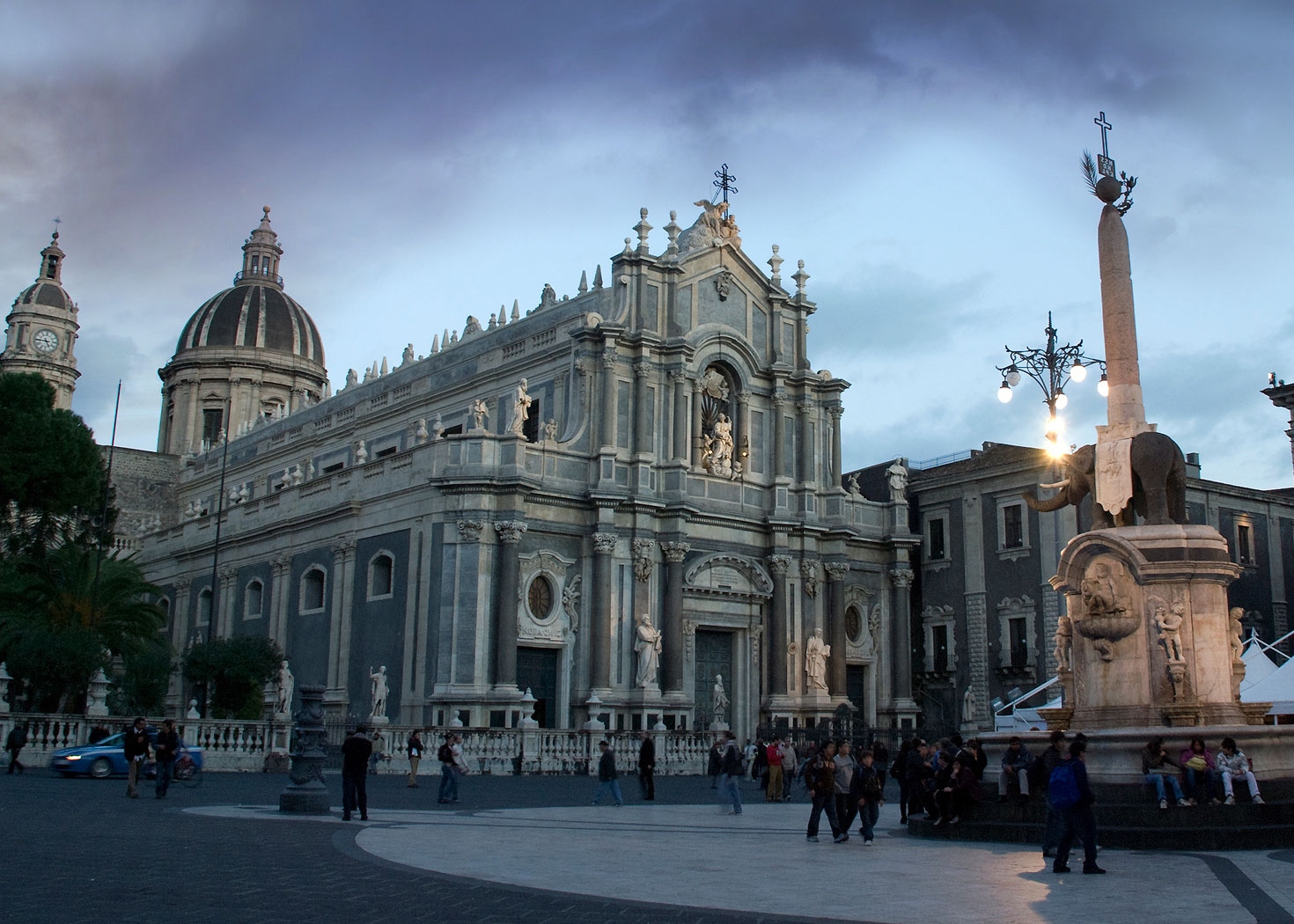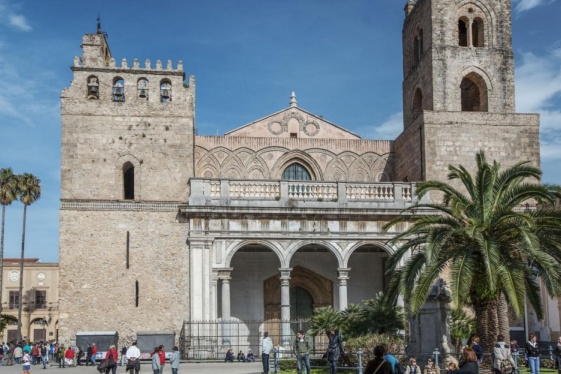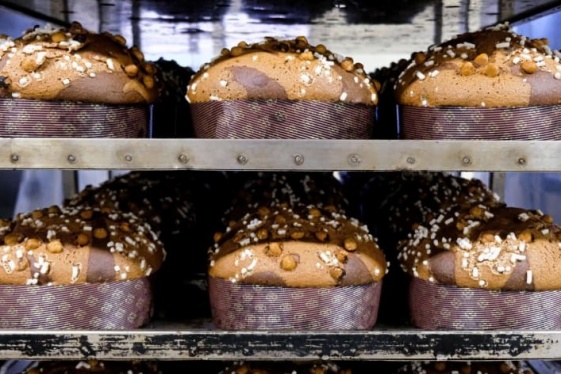

Located at the foot of Mount Etna, which often provides thrilling eruptions, Catania overlooks the Ionian Sea. It is a beautiful art city, an undisputed example of Sicilian Baroque, and a UNESCO World Heritage Site along with other cities in the Val di Noto.
History
Catania's was founded originally as Sicilian settlement, then re-founded under the name of Kατάvη in 729 BC by Greek colonists from Chalcis. In the fifth century BC, it was occupied by the Syracusans, who named Etna, and it was later conquered by the Romans in 263 BC. With the fall of the Roman Empire, the city followed the fate of Sicily, before being conquered by the Ostrogoths and then by Arabs, Normans, Swabians and Angevins.
Shocked by the terrible eruption of Mount Etna in 1669 and the disastrous earthquake of 1693, the city was almost entirely rebuilt in the early eighteenth century, in the Baroque style of the time that characterizes the entire south-eastern Sicily.
To see
Catania is a city that fascinates, starting with the remarkable remains from the Roman period, such as the Odeon, is located in the historic center next to the Roman theater. This building was built in the Greek era, but restored between the first and second century, and other monumental structures also belong to this period, including the amphitheater and some buildings made with hot lava stones. Do not miss a visit to the Ursino Castle, founded by Frederick II in the thirteenth century, and today museum.
Catania, an illustrious example of Sicilian Baroque and post-earthquake reconstruction, preserves the urban plan designed by Vaccarini, with wide straight roads that link up around the main street. Via Etnea, on open squares and gardens. Among these scenic roads is the Piazza del Duomo, home to the characteristic Fontana dell'Elefante, the true center of the historic city.
To do
Visiting Catania is a constant surprise: you can walk among the great eighteenth-century boulevards and relax in one of the rooms along the beautiful Via Etnea, the heart of Catania and the ideal place for shopping. For those who love the sea, the coast of Catania, characterized by the alternation of sandy beaches and rocky volcanic shorelines, leaves visitors spoiled for choice. A variety of possible excursions can be found near Etna, such as pine forests, areas of black lava, and steaming craters. Catania is therefore a multifaceted city and noted for the cultural life that revolves around the university, one of the oldest in Italy (1434).
Do Not Miss
Those who visit these places in February can immerse themselves in the unique atmosphere of the feast of St. Agatha, the patron saint of the city.From dawn on February 4 to the 6th, there is a procession through Catania. Devotees, dressed in white, carry a heavy lighted candles, pull the fercolo of the saints, or follow the Candlemas.
To Eat
Catanese cuisine is some of the best in Sicily. Make sure to try the traditional seafood dishes. "Pasta alla Norma" is a typical dish, as is pasta with squid ink and with "mascolini." A must try is the fine DOC wine of Etna and, at the end of the meal, a typical dessert like cannoli with ricotta cheese, Sant'Agata nougat and marzapan.
You may be interested
-
Davide Gambino è il miglior "Young Italian F...
Si intitola Pietra Pesante, ed è il miglior giovane documentario italiano, a detta della N...
-
Italian American Culture Night
Tuesday, April 14 - 6.30 pm EDTSt. James Church Rocky Hill - 767 Elm St, Rocky Hill,...
-
'A beacon of hope': Sicily’s enduring North A...
On a late summer evening in the Sicilian seaside village of San Vito Lo Capo, Anna Grazian...
-
'Italy Stay Strong': What The Coronavirus Eme...
On the northern coast of Sicily, looking out toward the magnificent Aeolian Islands, Milaz...
-
'Open-air museum' in Sicily with contemporary...
The Foundation Orestiadi in Gibellina is launching the first open-air exhibit in Sicily si...
-
'People thought I was crazy:' The Sicilian ma...
When thinking of Sicily, it's easy to imagine white sandy beaches, timeless architecture a...
-
'Porta d'Europa' ('Gateway to Europe')
BY THE AIRPORT ON THE tiny Italian island of Lampedusa, near the ruins of bunkers and mili...









